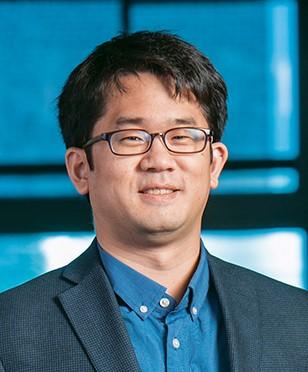Toward predictive yet affordable computations of practical wall-bounded turbulent flows
Supporting the below United Nations Sustainable Development Goals:支持以下聯合國可持續發展目標:支持以下联合国可持续发展目标:
Kinetic energy of turbulence is generated at large scales controlled by boundary conditions, but it is dissipated into heat at the smallest scales. The ratio of these two length scales increases rapidly with Reynolds number. Solid walls add another dimension in this scale landscape, where the scale separation gets progressively less pronounced toward the wall. This has significant ramifications on the cost of scale-resolving simulation of practical engineering flows, such as those found in aircraft, wind turbines, and ship hydrodynamics. Direct approaches with full resolution of length and times scales close to the wall are still infeasible with current computing power. The demand for superior designs at reduced cost has led researchers to explore alternative computational approaches that have potential to be predictive yet affordable. Large-eddy simulation (LES) is one such approach where only the energy-containing scales are resolved directly, and the effect of the unresolved motions are modeled. In practical LES calculations, subgrid-scale (SGS) models are used in conjunction with wall models to augment the turbulent shear stress, which otherwise is underpredicted on coarse grids and leads to inaccurate prediction of mean and turbulence quantities.
In this talk, I will discuss the research in my group on this wall-modeled LES approach. Widely- used wall-modeling techniques will be discussed with their applications to canonical and complex wall-bounded flows. Challenges in robust and efficient implementation of the models in flow solvers for handling practical geometries will be discussed. I will also highlight recent work to predict flow over realistic aircraft geometries at flight conditions and a boundary layer with mean three dimensionality.
Speaker: Prof. George Ilhwan Park
Zoom Link: https://hkust.zoom.us/j/94763177103?pwd=cTlaRlhBNGk5UU4xaHB0NDdsUDEwQT09
Meeting ID: 947 6317 7103
Passcode: 651672

George Park is an Assistant Professor of Mechanical Engineering and Applied Mechanics at the University of Pennsylvania. He received his Ph.D. and M.S. in Mechanical Engineering (ME) from Stanford University in 2014 and 2011, respectively, and his B.S. in ME from Seoul National University, South Korea in 2009. He worked as a postdoctoral fellow and an engineering research associate at the Center for Turbulence Research (Stanford) prior to joining UPenn as a faculty member in 2018. His research interests include high-fidelity numerical simulation of complex wall-bounded turbulent flows, computational methods with unstructured grids, non-equilibrium turbulent boundary layers, and fluid-structure interaction.